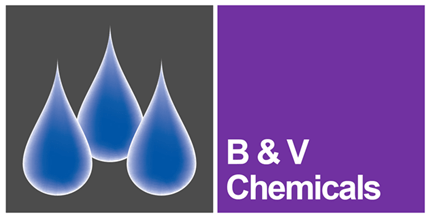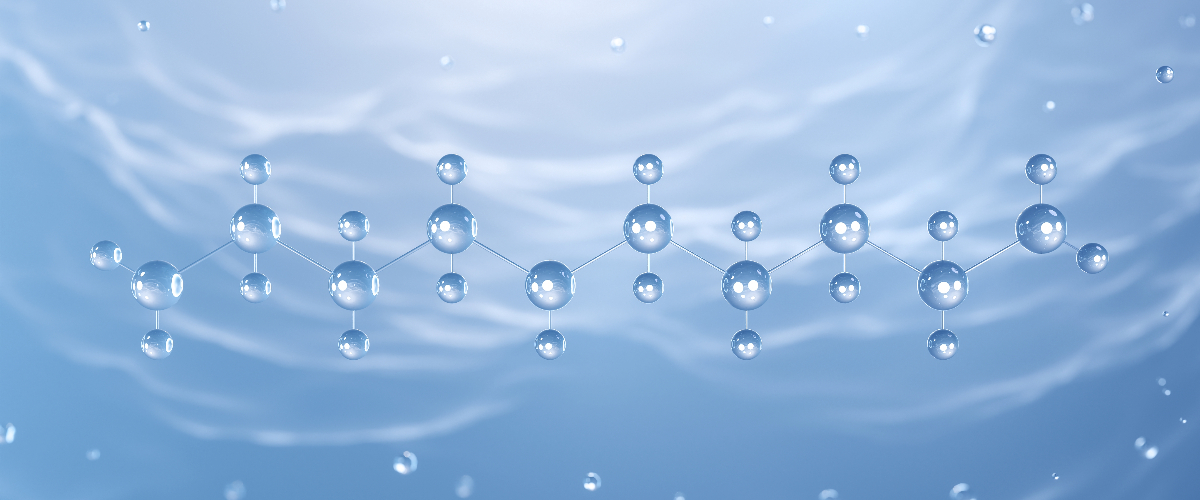This is the first in a series of blog posts on polyamine based water treatment formulations for use in steam boilers and closed circuits.
What is Polyamine?
“Polyamine” is a generic term for a group of chemicals which have a hydrophobic (hydrocarbon) part to their molecule and a hydrophilic (amine group(s)) part to their molecule.
They are weak bases but their value to us in boiler water treatment and treatment of closed circuit systems is that the amine groups adsorb onto exposed metals and the presented hydrophobic chains interact to yield a double layer which effectively coats the metal surface, preventing the water and any dissolved gases from contacting the metal, thus effectively preventing corrosion of all metal surfaces.
Because they are not in contact with it – they do not attack it, so corrosion from oxygen and carbon dioxide are prevented.
Other (traditional, neutralising) amines are blended into our range of products resulting in elevated pH values so that copper, steel and aluminium are not attacked at all.
Use in steam boilers and closed circuits
The chemicals are added to the hot well and protect the feed system and boiler. They are steam volatile, so they pass with the steam and protect the saturated steam lines. They can pass through a superheater and turbines to the condenser and still remain effective. Wherever the steam condenses, the amines are present and they create a film where water forms.
Condensate pipework is protected and the returned condensate is effectively “pre-treated” so dosing is highly economic – being proportional to fresh make up, not total feed water.
Although the polyamines do possess dispersancy and crystal deformation attributes, they are not really strong enough, on their own, to prevent scaling from excessive ingress of hardness. Our range of products adds more traditional dispersants and anti-scalants into its formulations recommended for softened water fed boilers. This additional dispersancy is also essential in closed circuit systems fed with mains water.
Monitoring and control
Monitoring and control is carried out by the use of specially designed test kit and pump alteration or purge control – just like any other treatment, although the polyamines add no dissolved solids themselves to the boiler water, so purge can often be cut enough to provide significant energy (cost) savings. This is good environmentally and commercially.
Apart from the polyamine test, typical parameters such as pH; hardness; iron; silica or chloride, such as would normally be measured, are also monitored.
Further information
Look out for further blog posts on the topic, where we will be covering:
- Polyamine based closed circuit inhibitors
- FDA/NSF approved steam boiler treatment using polyamine based water treatment
- The energy and water savings that can be achieved when using polyamines in steam boiler treatment.
For further information on our Polyamine based range of closed circuit inhibitors and steam boiler treatments please contact ownlabel@bvwater.co.uk





